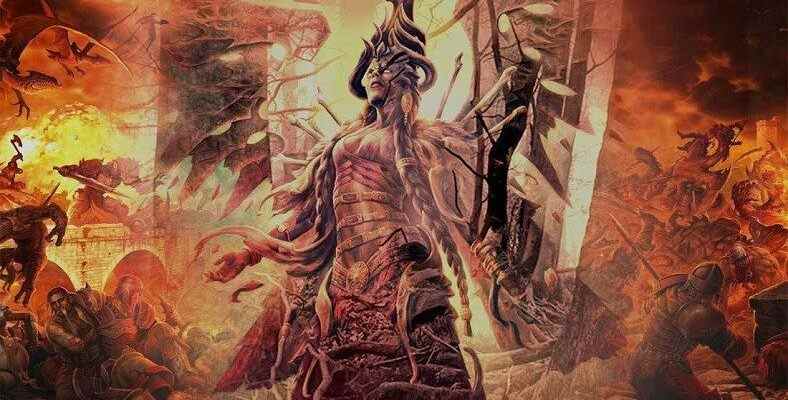Mythological gods, goddesses or magical beasts are things that differ from mythology to mythology. Although each mythology has its own unique characters, places and legends, the characters in some mythologies can show similarities to each other.
For example, you can see the goddess of love in almost every mythology. But despite these similarities, all mythologies have their own unique names and legends. Although what they symbolize is the same, what is told about them from past to present makes a difference.
In this article, we will discuss the Sumerian mythology. the goddess of love known as Inanna We researched and learned who he was and touched on his legends. Come now Who is Inanna, what goddess is she, what are her legends Let’s take a closer look.
Who is Inanna?
Inanna is one of the most sacred goddesses of the Sumerian people. She is the daughter of the moon god Nanna (or sky god An) and the goddess of reeds Ningal, and the sister of Utu, the sun god, and Ereshkigal, the god of the underworld. For a long time in her existence, she was one of the most well-known and mighty goddesses of Sumer. Also in Sumerian nin-ana In other words, it is also referred to as ‘the lady of the sky’. For a long time she was worshiped as ‘Inanna’. In later periods, it was described as ‘Ishtar’ by Akkadian, Babylonian, and Assyrians. Although the reason for this change is not known, it is estimated that it is due to the beliefs of people who have come to the past. Inanna is also called the ‘Queen of Heaven’. The main center of worship is the Temple of Eanna in Uruk, where she was considered the patron goddess.
Inanna’s planet Venus It is one of the well-known facts. The lion and the eight-pointed star were its most prominent symbols. So much so that anyone who saw these symbols would understand that the sacred being of the place was Inanna. Inanna/Ishtar’s husband was the god Dumuzi, later known as Tammuz, while Inanna’s vizier/deputy Sukkal was later known as Ninshubur.
What goddess is Inanna according to Sumerian mythology?
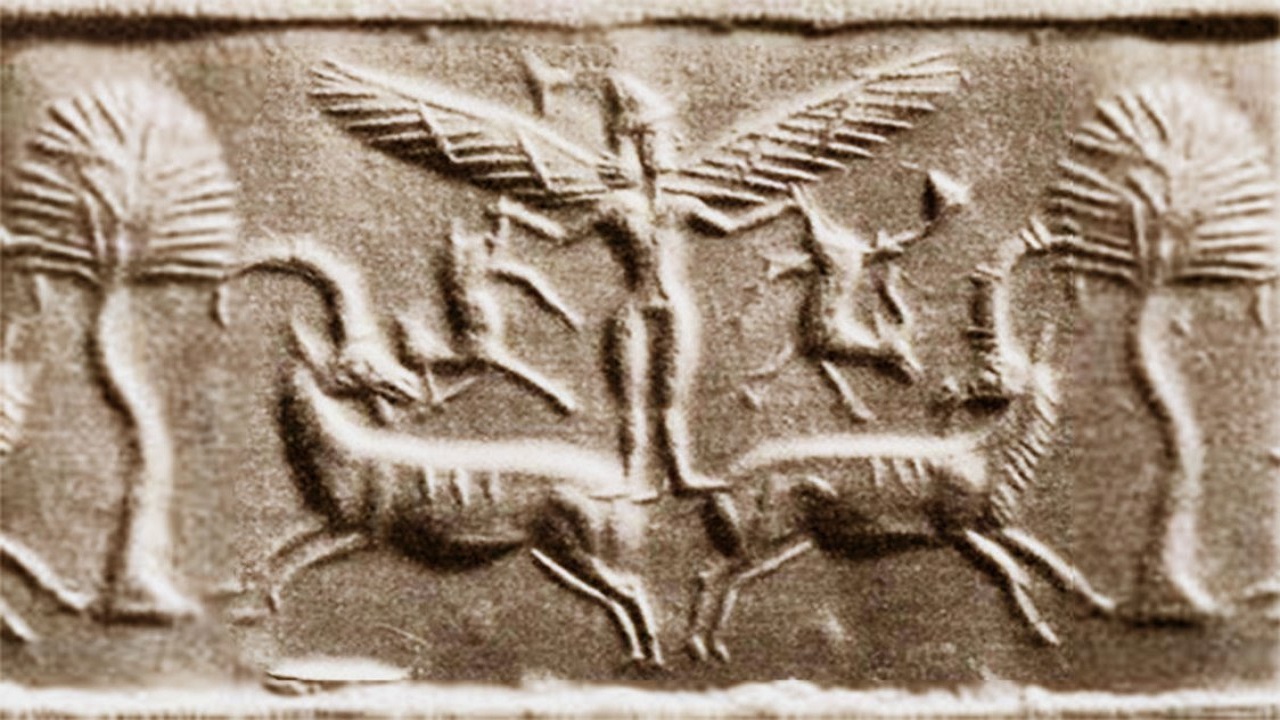
Inanna is the ancient Mesopotamian goddess associated with love, beauty, war, justice and political power, according to the beliefs of the Sumerian people. One of the beautiful features that comes with being a goddess is that Inanna has a perfect female body with no flaws. That’s why she has always been considered the symbolized goddess of beauty and lust. Inanna is a goddess who rules both heaven and earth, and she was able to get Enlil, one of the supreme gods in Sumerian mythology, to do whatever she wanted. In addition to these, Inanna is quite she is a greedy goddess. This greed has caused great problems for himself and his people at certain times. The beginning of the Uruk period, BC. 4000-3100 BC marks the beginning of the earliest period of worship of Inanna. This beginning began after the Akkadian King Sargon seized the region. Between the birth of Christianity and the 1st to 6th centuries AD, the worship of Inanna gradually disappeared.
Inanna appears in more myths than many Sumerian gods and goddesses. He also had a large number of adjectives and alternative names comparable to Nergal, the god of the underworld, one of the most powerful gods of the Sumerian pantheon, known as Legalmeslam. This too The greatness and might of Inanna it indicates. No matter how great a goddess she is, Inanna is also greedy, so most of her myths are based on other gods and goddesses taking over their domains. It was believed that he stole the “Me’leri” representing the laws of the gods in Sumer from Enki, the God of Wisdom, and that he received the Eanna temple from An, the Sky God. With his twin brother Utu, later known as Shamash, Inanna became the executors of divine decree.
The legendary love story of Inanna and Dumuzi:
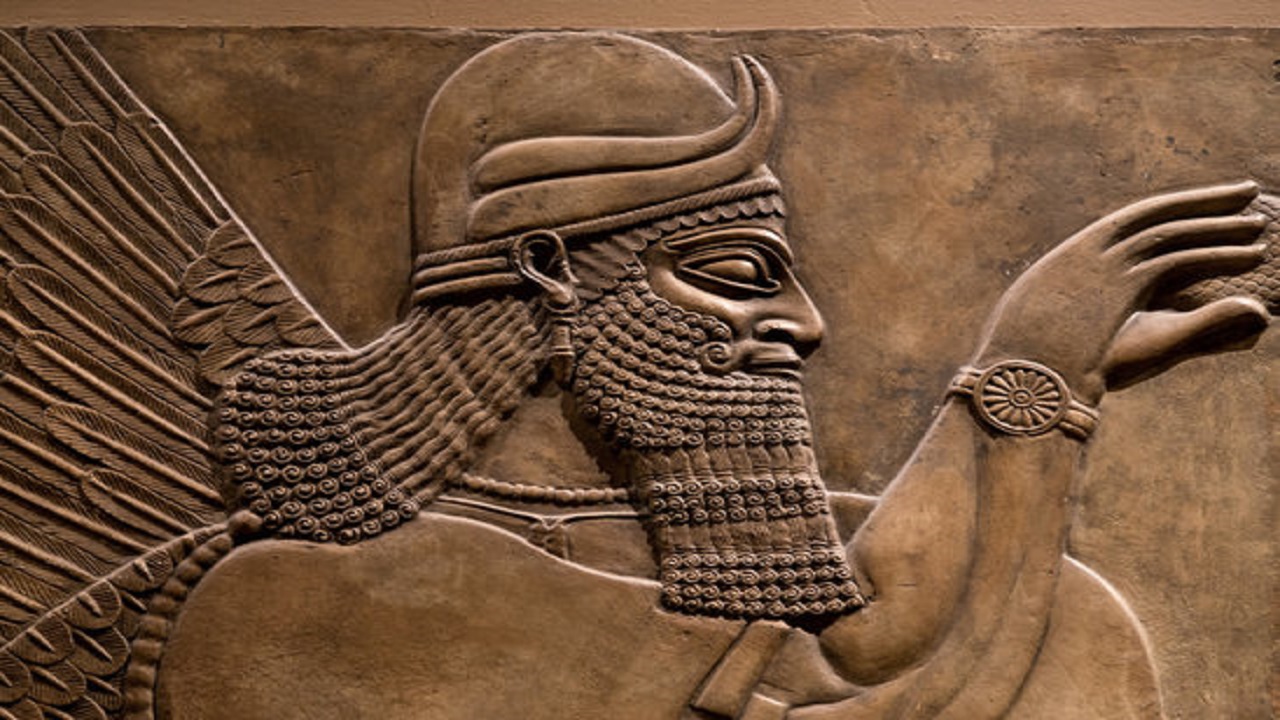
Sumer was not always a fertile land. So much so that there was a time when famine began to appear and no matter what they did, they could not solve this problem. On top of that, Sumerian thinkers and scientists, one of the leading cities of Sumer UrukThey believed that if they could marry the chief goddess Inanna, who was famous for her beauty and sensuality, to their king, this marriage would bring abundance and fertility.
Dumuzi, the king of that time, somehow manages to marry Inanna, and he ceases to be a normal king and at the same time Shepherd God has also been. This marriage was seen as sacred and brought abundance and fertility with it as expected. On top of these events, the poets and bards of Sumer made this subject an important tradition of their religion by telling them with hundreds of lines of poems, some of which were obscene, and making them sing in the accompaniment of instruments.
Legend of Inanna’s descent into the underworld:
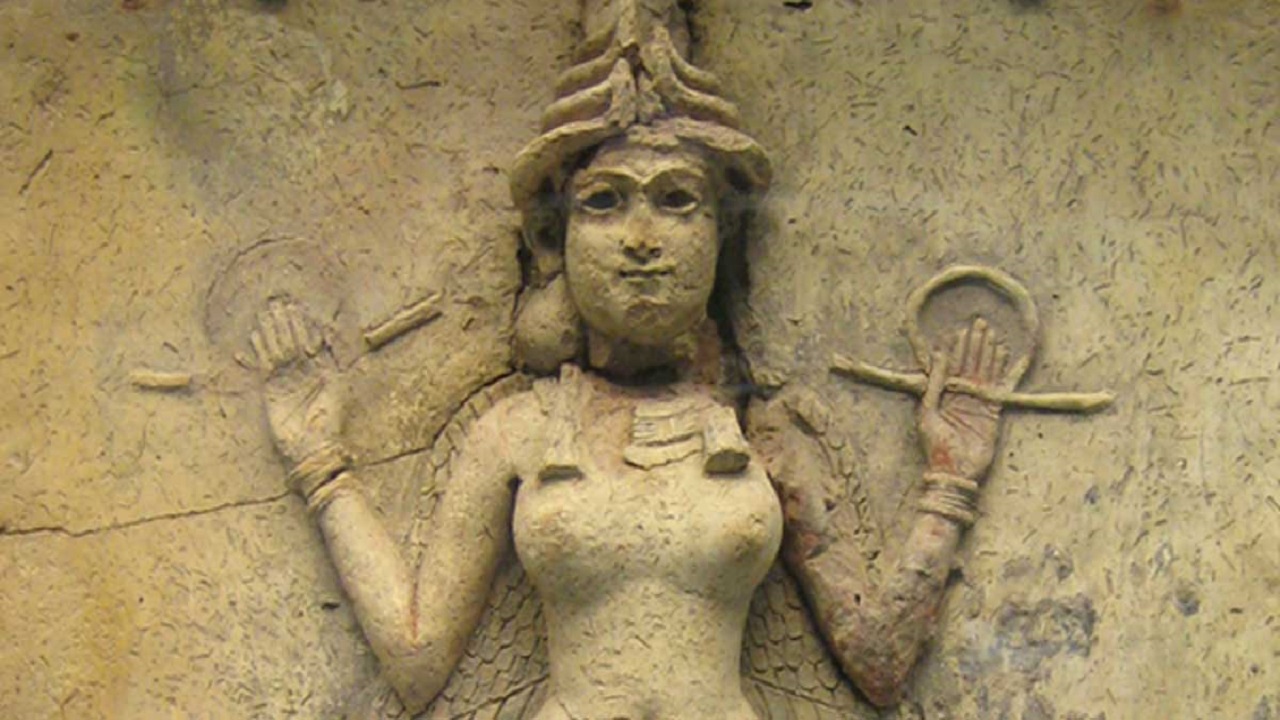
Besides being the goddess of love, lust, and many other emotions, Inanna was also a greedy goddess. So much so that after a while, being the goddess of the earth and the sky was not enough for her and she set her sights on the underground where her sister continued to dominate. Itself underground He also wanted to be a judge. But he is also aware that this situation will not happen without incident. Therefore, he orders his assistant Ninshubur:
“If I don’t come back within 3 days, first go to the Great god Enlil and pay your respects and ask for his help. Then if Enlil does not help, go to my Father Nanna and beg him for me. If my father also refuses to help, then as a last resort go to Enki, the god of wisdom, and ask him for his help.”
According to the legend, Ereshkigal, the goddess of the underworld, realized Inanna’s intentions long before her arrival and prepared a trap for her. Ereshkigal leads Inanna through 7 different gates in the underworld and asks her to leave one of her sacred objects and clothes at each gate she passes. From the 7th gate, Inanna remains naked and helpless before Ereshkigal. on these events Ereshkigal kills his sister Inanna. For the continuation of her revenge, she creates a woman as beautiful as Ereshkigal for her husband Dumuzi and sends her to the world.
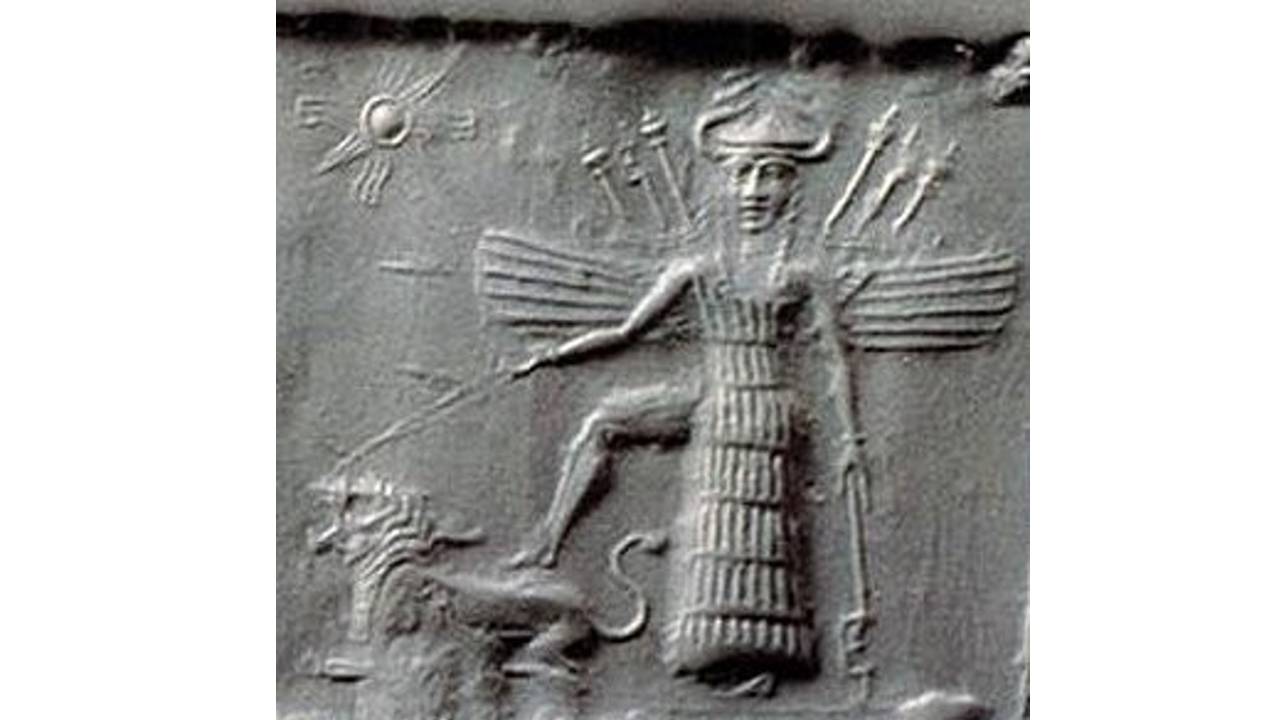
When Inanna does not return after the third day, the people of Sumer are deeply mourned. Ninshubur, on the other hand, begins to carry out the orders given by her goddess. First he goes to the Great God Enlil, pays his respects and asks for help. But Enlil refuses to help. On top of that, Inanna’s father goes to Nanna and begs for help, but her father does not volunteer to help. As a last resort, Ninshubur goes to Enki. Enki agrees to help and Creates 2 creatures from mud. He orders these 2 creatures to give the plant of life and the water of life and present them as gifts to the queen when they go underground. Accepting the gifts, Ereshkigal agrees to leave his brother Inanna in return, but on a condition. Someone else will go underground instead of him.
Unable to decide who to choose for a long time, Inanna realizes that she has already forgotten her husband’s absence as a result of her wanderings. As if this were not enough, he spends his days with the woman sent by Ereshkigal. While all her people were mourned, these actions of her husband angered Inanna, and she chose Dumuzi instead of herself. It also kills the woman. With Dumuzi’s descent into the underworld, Inanna is freed.
Their marriage is shaken, as the need for holy marriage requires the two couples to be together. That’s why famine begins in the country. No crop yields grain, and the country does not see a single rain. Aware of the events, Dumuzi’s brother makes an offer to Geshtinanna, the god of dream interpretation. Half the year he will go underground instead of his brother Dumuzi. Thus, even for half the year, Dumuzi will be on earth. Upon the acceptance of the offer, Geshtinanna descends to the underworld and Dumuzi resurfaces. Both regretted what they had done and their marriage was renewed. After these events, flowers started to bloom again, animals started to give birth, and crops showed up again. In short, abundance has come to all sides again.
